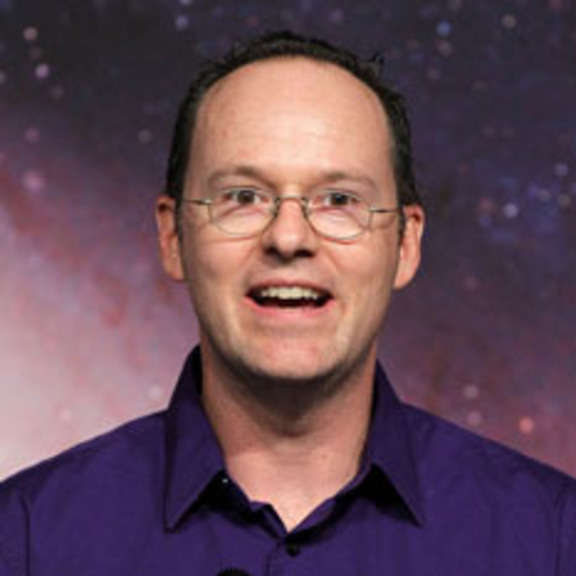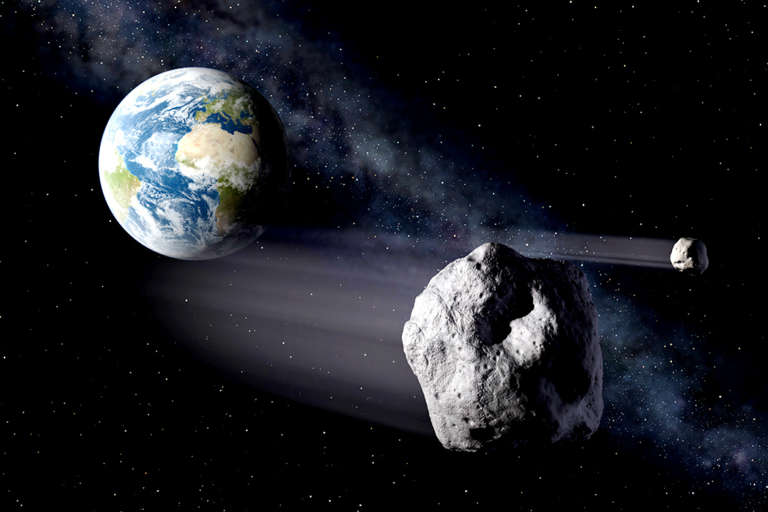Planetary Radio • Jun 28, 2017
Happy Asteroid Day!
On This Episode

Timothy Spahr
NEO Sciences LLP CEO and Shoemaker NEO Selection Committee Chair
Asteroid Day, June 30th, marks the anniversary of the great Tunguska impact that leveled a Siberian forest. It reminds us that a Near Earth Object can destroy a city or even a civilization. Former Minor Planet Center Director Tim Spahr reviews our efforts to find and understand these bodies. Bruce Betts unveils a new round of Planetary Society grants that will support this work. Jason Davis takes us to Uranus and Neptune, ice giants that have only been visited by one spacecraft. Bill Nye wonders how future Mars rovers will communicate with Earth if aging satellite fail without replacements.


Related Links:
- 2017 Shoemaker NEO Grant Call for Proposals
- Tim Spahr on Linkedin
- IAU Minor Planet Center
- NASA/JPL Center for Near Earth Object Studies
- NEOCAM infrared space telescope mission
- Catalina Sky Survey
- Random Space Fact: Defending the Earth Series
This week's prizes are the brand new Chop Shop-designed Planetary Radio t-shirt and a 200-point iTelescope.net astronomy account.
This week's question:
In what year was the supernova observed that formed the Crab Nebula?
To submit your answer:
Complete the contest entry form at http://planetary.org/radiocontest or write to us at [email protected] no later than Wednesday, July 5th at 8am Pacific Time. Be sure to include your name and mailing address.
Last week's question:
What are the names of the two large Venusian highlands?
Answer:
The answer will be revealed next week.
Question from the week before:
What fuel do the Cassini spacecraft’s sixteen thrusters (not the main engines) use?
Answer:
The fuel used by Cassini’s 16 thrusters is hydrazine.


 Explore Worlds
Explore Worlds Find Life
Find Life Defend Earth
Defend Earth


